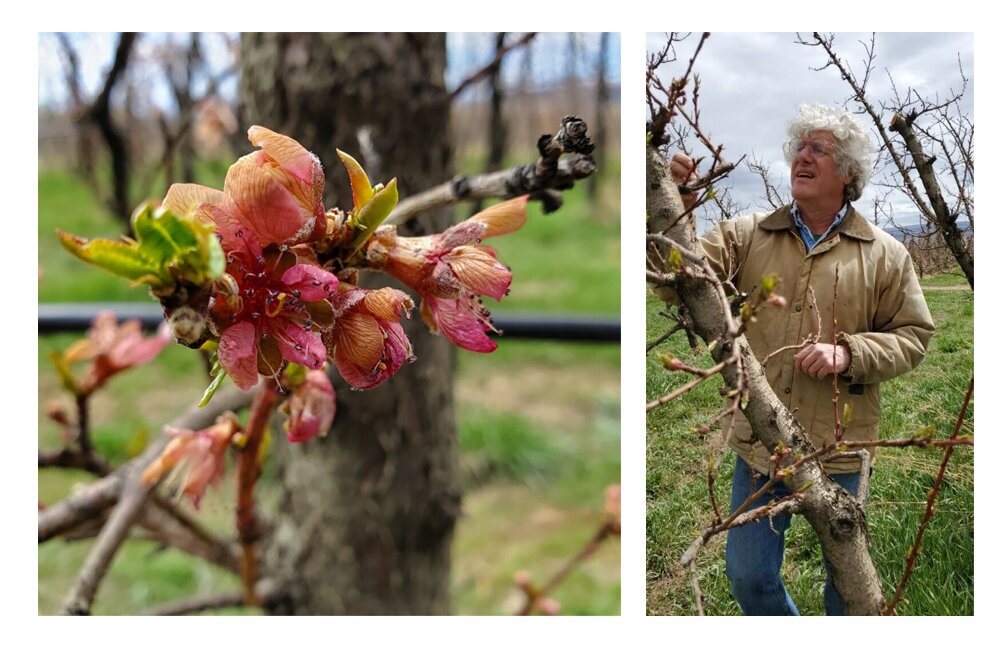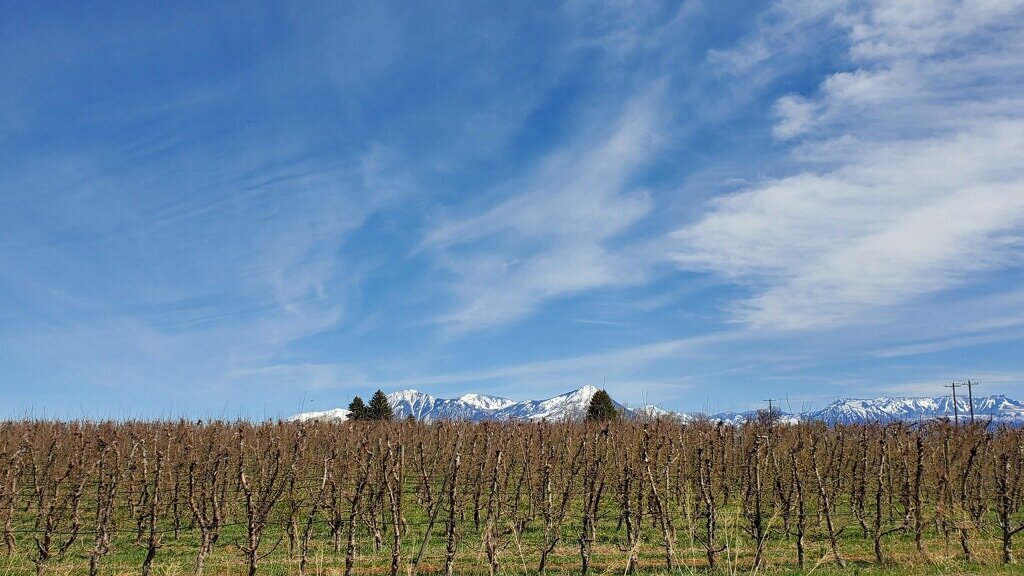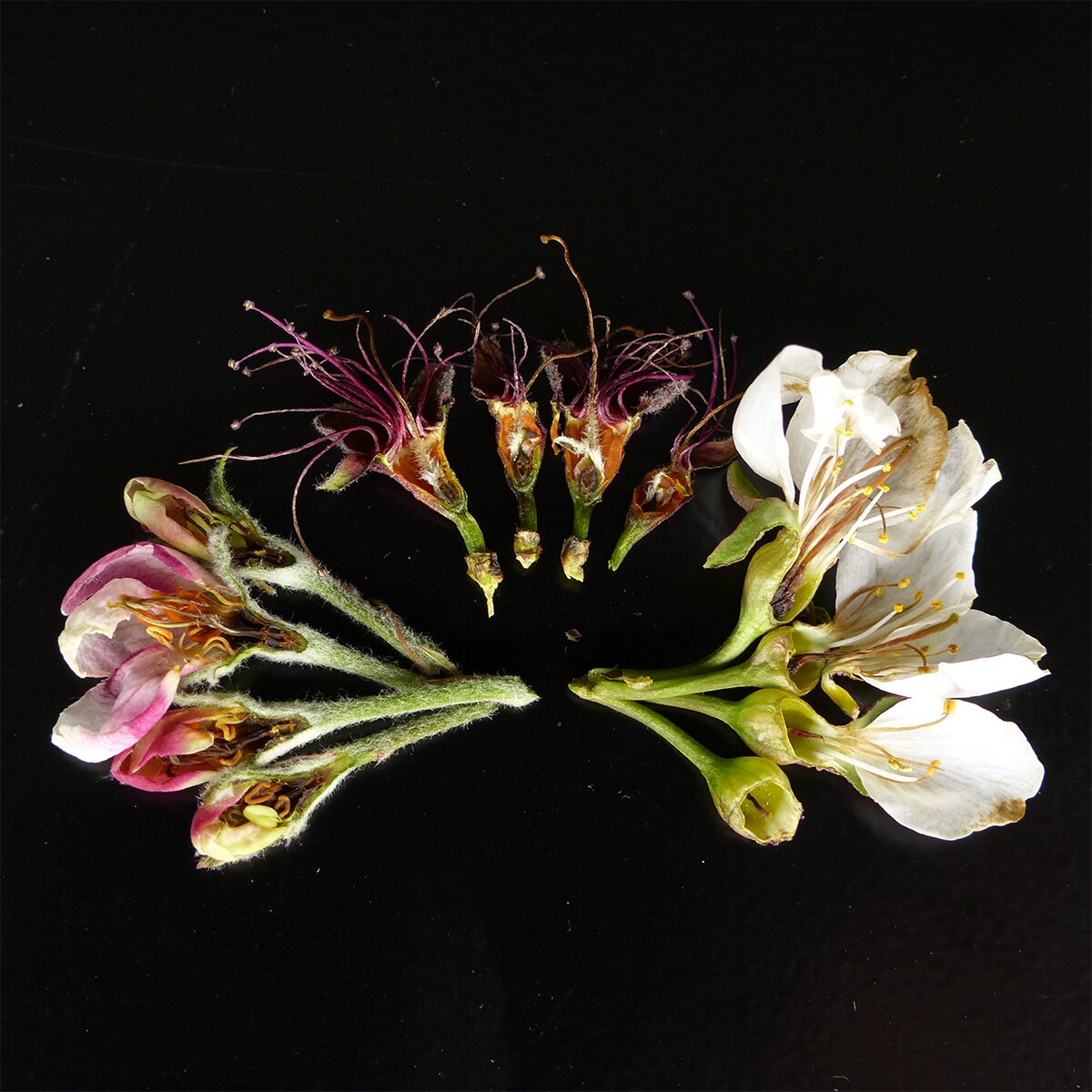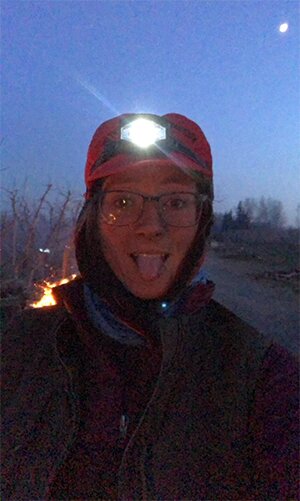April frost blight devastates Western Colorado orchards

While COVID-19 has made April the cruelest month of 2020 so far, it’s been particularly bitter for the fruit farmers of Western Colorado. A hard frost with record low temperatures left them struggling for several long, cold nights, working to save their budding trees, and for many, their livelihoods.
David Sterle is a pomologist who keeps watch over the fruit orchards at Colorado State University’s Western Slope Research Center in Grand Junction.
According to Sterle, temperatures that dipped into the teens early in the week of April twelfth may mean a bleak outlook for the peaches, apples, and cherries at their site.
“I can pretty much guarantee you at our place we’re between 99 to 100 percent mortality at the moment,” he said.

Potential disruptions in the food supply chain and the dangers of spreading the COVID virus have made Steve redouble his efforts to provide direct-to-consumer delivery through the community-supported agriculture “CSA” shares that Ela Family Farms offers.
Ela views the CSA as a grab-and-go service for their customers.
“They don’t have to linger in the market. We’ve set it up so they can socially isolate and still move those CSA shares out. They want to lock in local food. We want to lock in getting it to them,” he said.
Ela is also reconsidering the casual interactions people once took for granted, intermingling at farmers markets where he sold his produce, and coming up with new best practices for keeping shoppers and workers safe.
“We don’t let people select their own fruit out of boxes. We have hand washing at every market because we give out tastes. In a lot of ways we’re lucky, I think, because that setup is going to lend itself pretty well to social distancing,” Ela said.
Back on the valley floor in Grand Junction, David Sterle was considering the community impact of the CSU crop that was lost to the frost. “Everything that we don’t use specifically for research, which is 99% of the fruit that we produce, that gets donated to food banks.”
All Western Slope growers know the risks of the narrow window in the brief season between freezing temperatures and extreme heat that may reward their labors with the sweetest, Colorado stone fruit.
For Sierra Williams, beating back the April frost felt as familiar as her family’s long tradition of farming. It also offered her the comfort of working two long nights alongside her brother, father and grandfather, stoking the fires.
“It’s just a really neat environment even though it’s stressful and crazy. But just the family dynamic of it all and the work ethic involved … it’s a big inspiration for me,” Williams said.
In the end, as the sun rose, the Williams family suffered a little bit of damage, but still has a crop.
Across the Grand Valley, Sterle has heard from other growers that this could be the worst crop outlook since the late nineties.
Because bud survival rates depend on specific conditions such as tree height, fruit variety, and localized weather effects that usually make places like Palisade prime peach-growing real estate, Sterle hopes that some growers may have up to half a crop survive.
“But we’re not holding out too much hope for the whole valley, to be honest,” he said.

Up on the south-facing slope of the Colorado Mesa, generations of family farming in Cedaredge and Hotchkiss have given Sierra Williams and Steve Ela their own deep understanding of growing fruit and fending off cold fronts in the high desert micro-climates.
Steve remembers his granddad's calculation that, “One in every 10 years was a wipe-out year.”
He figures his own odds of going through a frosty bud kill are “not common, otherwise we wouldn’t be in business. But on the other hand, it’s not unknown.”
Sierra Williams knows about fighting freezes from her childhood memories. “Lying in bed with my Mom, I would hear the wind machines turn on and know that my dad and grandpa were out there working their butts off to save the fruit.”
Ever since she returned to the Williams Orchards after graduating from college, she’s been just as hands-on herself.
In this last onslaught of frost, she battled to blanket their orchards with a few extra degrees of warmth by burning wood and running wind machines through two long nights, with only a few hours of sleep and a full day of restocking wood in-between.
“Pretty long hours, but worth it when you can save an entire crop,” Williams said.



The Williams Orchards may have beaten the freeze, in part, because of the higher elevation that makes their trees bud later than in the Grand Valley.
Steve Ela took a post-frost walk among the blocks of trees, counting both the dead buds as well as his surviving blessings.
“On peaches we can find some live buds out there. There are a lot of dead ones, but the reality is a tree has a couple thousand blooms on it and we need a hundred of those to set a full crop,” Ela said.